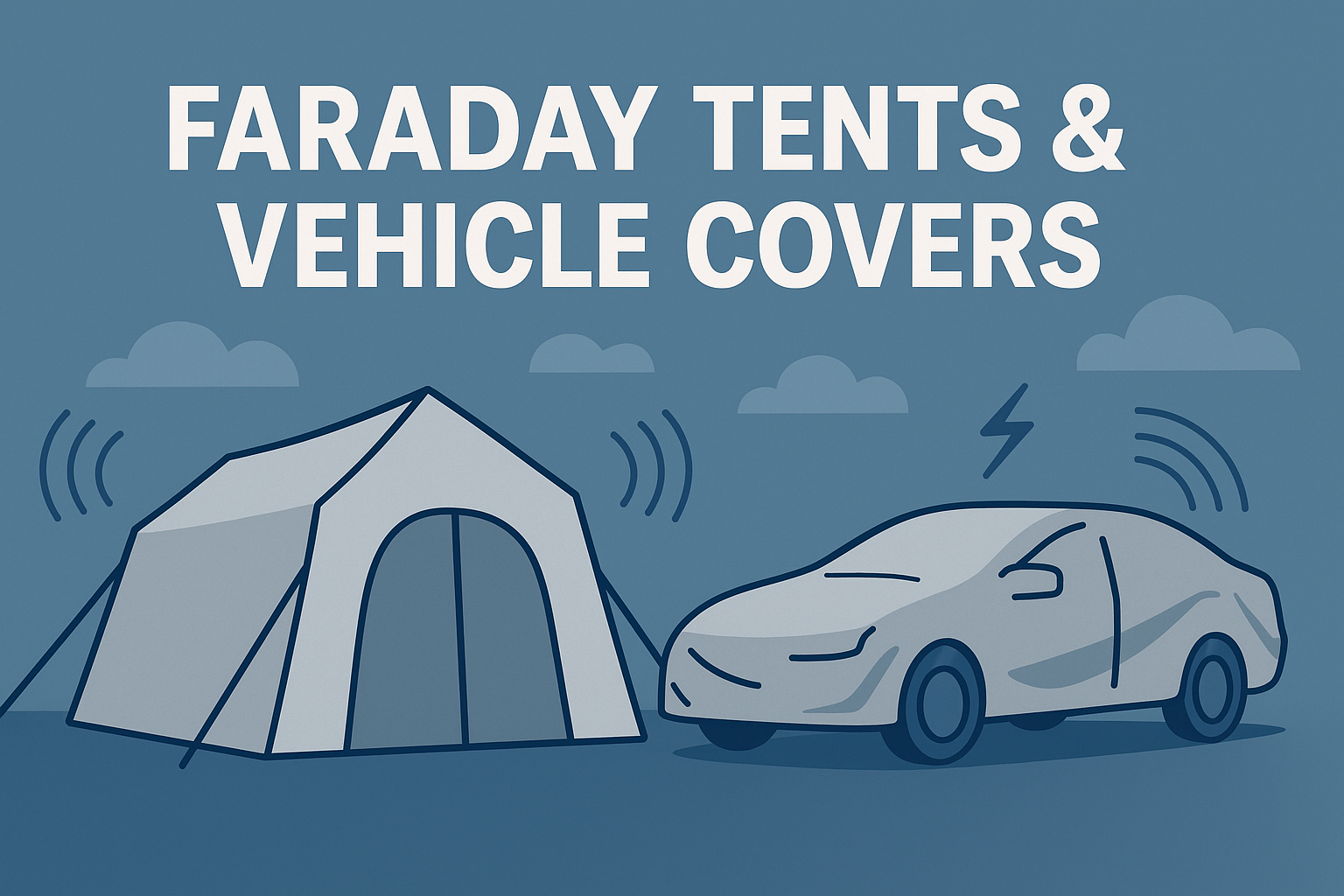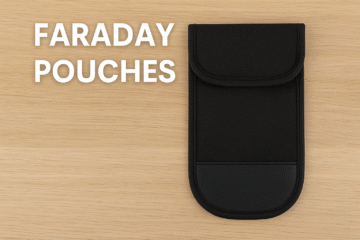Turning Walls into EMF and RF Shielding Barriers
Introduction
As modern homes and workplaces fill with smart technology, Wi-Fi routers, and 5G signals, more people are seeking ways to reduce electromagnetic field (EMF) and radio frequency (RF) exposure. While small shielding fabrics and wearable solutions protect the body, conductive paint allows for whole-room or building-level protection — creating a powerful, invisible barrier against unwanted signals.
This article explains what conductive paint is, how it works, where it’s used, and how it transforms ordinary surfaces into effective electromagnetic shields.
What Is Conductive Paint?
Conductive paint, sometimes called RF shielding paint or EMF blocking paint, is a carbon-based or metal-filled coating that conducts electricity across a surface. When applied to walls, ceilings, or other structures, it forms a continuous conductive layer that can block or absorb electromagnetic radiation.
Once grounded, the surface acts as a Faraday shield, reflecting incoming RF waves and preventing them from passing through the material. This makes it ideal for homes, offices, laboratories, and secure facilities where both health and data protection are priorities.
How Conductive Paint Works
Conductive paint uses fine conductive particles — typically carbon, graphite, nickel, copper, or silver — suspended in a binder (like acrylic or latex). When the paint dries, these particles form an interconnected network that conducts electricity and redistributes electromagnetic fields.
The Shielding Process
- Reflection: RF and EMF energy are reflected away from the surface.
- Absorption: A portion of the signal energy is absorbed and dissipated as heat.
- Grounding: The painted surface can be connected to a ground line, channeling residual currents safely into the earth.
When applied properly, conductive paint can achieve 40–100 dB attenuation, effectively blocking 99% to 99.9999% of RF radiation across a wide frequency range (from 100 MHz to 40 GHz).
Applications of Conductive Paint
1. Residential EMF Protection
Homeowners use conductive paint to shield:
- Bedrooms and nurseries from cell tower radiation
- Home offices from Wi-Fi and 5G exposure
- Smart meter walls and exterior facades
It provides a seamless and aesthetic solution, often finished with a normal latex topcoat for appearance.
2. Corporate and Data Security
In corporate environments, conductive paint is used to create RF-secure meeting rooms and server spaces, preventing data leaks or wireless interception (TEMPEST protection).
3. Medical and Laboratory Use
Hospitals and labs use shielding paint to prevent RF interference with sensitive equipment such as:
- EEG and ECG monitors
- MRI scanners
- Wireless medical sensors
4. Industrial and Government Facilities
Used in military, aerospace, and forensics environments, conductive coatings help maintain signal isolation, data security, and EMP protection.
Common Types of Conductive Paint
| Type | Main Conductive Ingredient | Typical Use | Notes |
|---|---|---|---|
| Carbon-Based Paint | Carbon or graphite particles | Residential EMF protection | Low-cost, easy to apply |
| Nickel-Coated Paint | Nickel flake composite | Professional-grade shielding | Higher conductivity, durable |
| Copper Paint | Pure copper particles | Technical or industrial environments | Excellent shielding and grounding |
| Silver-Coated Paint | Silver or silver-nickel blend | High-performance applications | Maximum attenuation and stability |
Carbon-based paints are the most common for home and office EMF reduction, while nickel and silver paints are preferred for laboratory or defense applications.
Installation and Grounding Guidelines
Proper installation determines how well the paint performs. Here’s a standard process:
- Surface Preparation: Clean, dry walls; remove existing finishes if needed.
- Priming: Use a bonding primer if applying to porous surfaces like drywall or plaster.
- Application: Apply 1–2 uniform coats using a roller or spray system.
- Grounding: Connect the painted surface to an electrical ground via grounding tape or mesh.
- Topcoat (optional): Apply a latex paint for aesthetics — this doesn’t reduce performance.
Tip: The continuity between adjacent walls, ceilings, and floors is crucial. Gaps or breaks in the conductive layer will reduce shielding efficiency.
Popular Brands and Product Examples
The following manufacturers are known for reliable and tested conductive paints:
- YShield® HSF54 / HSF64 – Carbon-based EMF paint providing 39–90 dB attenuation; non-toxic, low odor, and water-based.
- LessEMF® Shielding Paint – Carbon paint for residential EMF reduction with easy grounding compatibility.
- Safe Living Technologies Shielding Paint – Professional-grade coating for home and lab applications.
- Aaronia AG Shielding Paint – High-performance nickel-based paint for RF-secure facilities.
- Mission Darkness™ TitanRF Paint (custom project coating) – Derived from TitanRF materials for laboratory and defense-grade use.
All of these are independently tested to IEEE 299-2006 or MIL-STD-285 standards for verified shielding effectiveness.
Advantages of Conductive Paint
- Invisible protection: Looks like a normal painted wall after finishing.
- Customizable coverage: Apply only where needed (walls, ceilings, or specific rooms).
- High shielding efficiency: Reduces exposure to EMF, Wi-Fi, 5G, and Bluetooth radiation.
- Compatible with other materials: Works with conductive fabrics, grounding tapes, and mesh.
- Long-lasting: Once applied and grounded, it provides durable, passive shielding for years.
Limitations
- Must be properly grounded for full effectiveness.
- Not suitable for damp or outdoor areas unless specified.
- Requires multiple coats for higher attenuation.
- Professional installation is recommended for large-scale or mission-critical setups.
Health and Safety Considerations
Conductive paints are generally non-toxic and water-based, but users should always:
- Wear gloves and masks during application.
- Ensure ventilation during drying.
- Avoid using near sensitive electronics until fully cured.
When properly applied, they are safe, odorless, and environmentally friendly.
Key Takeaways
- Conductive paint transforms ordinary walls into EMF and RF shielding barriers using carbon, nickel, or silver-based particles.
- Ideal for homes, offices, labs, and secure rooms seeking long-term protection.
- Effectiveness depends on proper application and grounding.
- Reliable brands include YShield, LessEMF, Safe Living Technologies, and Mission Darkness.
- Aesthetically invisible and scientifically proven — conductive paint is the cornerstone of modern low-EMF living design.

